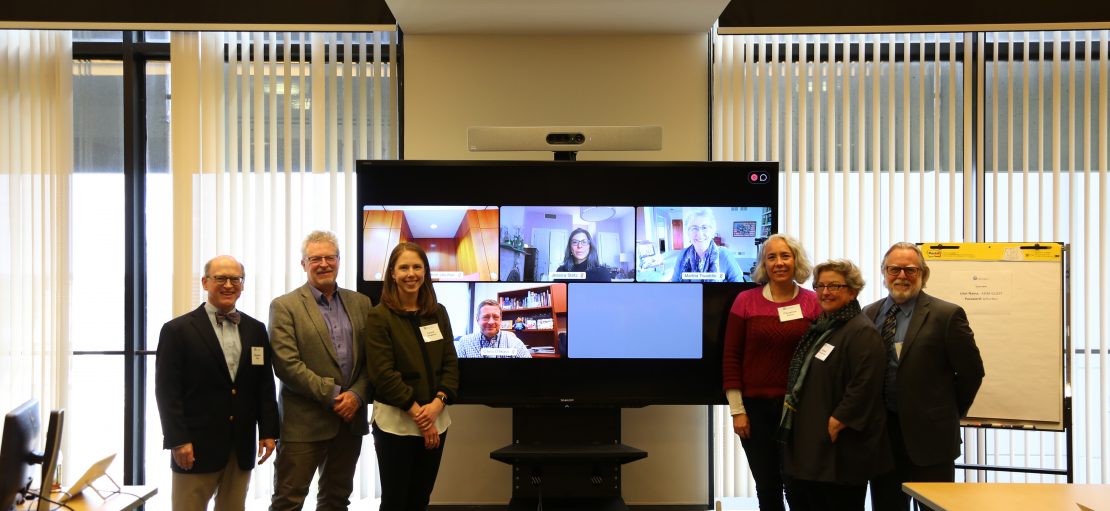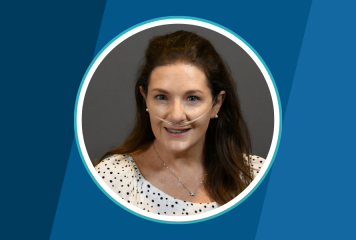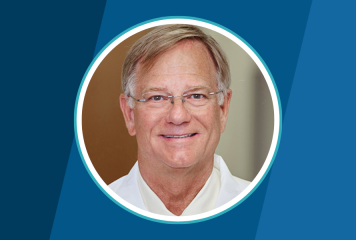This article was originally published in AAHPM Quarterly: Fall 2023. (Login required.)
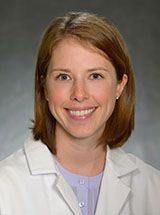
Laura Dingfield, MD, MSEd, FAAHPM, is an Assistant Professor of Clinical Medicine at the Perelman School of Medicine at the University of Pennsylvania, Director of Palliative Care Education for the University of Pennsylvania Health System and Program Director of the Hospice and Palliative Medicine Fellowship at the University of Pennsylvania. She has served as the Chair of the Hospice and Palliative Medicine Advisory Committee since its inception in 2021.
Navigating Multiple ABMS Board Paths to HPM Certification
American Board of Medical Specialties (ABMS) board certification for physicians in hospice and palliative medicine (HPM) was first made available in 2008 and eventually offered by ten different member boards, with the initial certification exam administered by the American Board of Internal Medicine (ABIM). While individual ABMS member boards have issued their own certificates in HPM, until recently there was little discussion among them and no centralized body to address crosscutting issues specific to the discipline. There was no forum, for example, for aligning policies on initial and continuing certification, which have differed significantly among the various boards. That all changed in 2021 when the participating ABMS boards came together to create the Hospice and Palliative Medicine Advisory Committee, a cosponsored governance body intended to act as a policy-oriented steward of the HPM discipline.
Cosponsoring and Qualifying Boards
At the inception of HPM specialty certification in 2008, the ten participating ABMS member boards were all considered to be “cosponsoring boards” and each issued its own certificate. More recently, some of those boards have shifted to a less independent role and are now called “qualifying boards.” Under the new structure, there are five remaining cosponsoring boards: ABIM, the American Board of Anesthesiology (ABA), the American Board of Emergency Medicine (ABEM), the American Board of Family Medicine (ABFM), and the American Board of Pediatrics (ABP). They each issue their own certificates to their diplomates and set their own continuing certification policies, but the assessment is administered by ABIM. The rest of the participating ABMS members have become qualifying boards, including the American Board of Obstetrics and Gynecology (ABOG), the American Board of Physical Medicine and Rehabilitation (ABPMR), the American Board of Psychiatry and Neurology (ABPN), the American Board of Radiology (ABR), and the American Board of Surgery (ABS) and other ABMS surgical boards. Diplomates from these qualifying boards who have successfully completed accredited training in HPM may apply for Hospice and Palliative Medicine Certification through ABIM. If successful, they hold a certificate in HPM from ABIM as well as their primary certificate issued by the qualifying board.
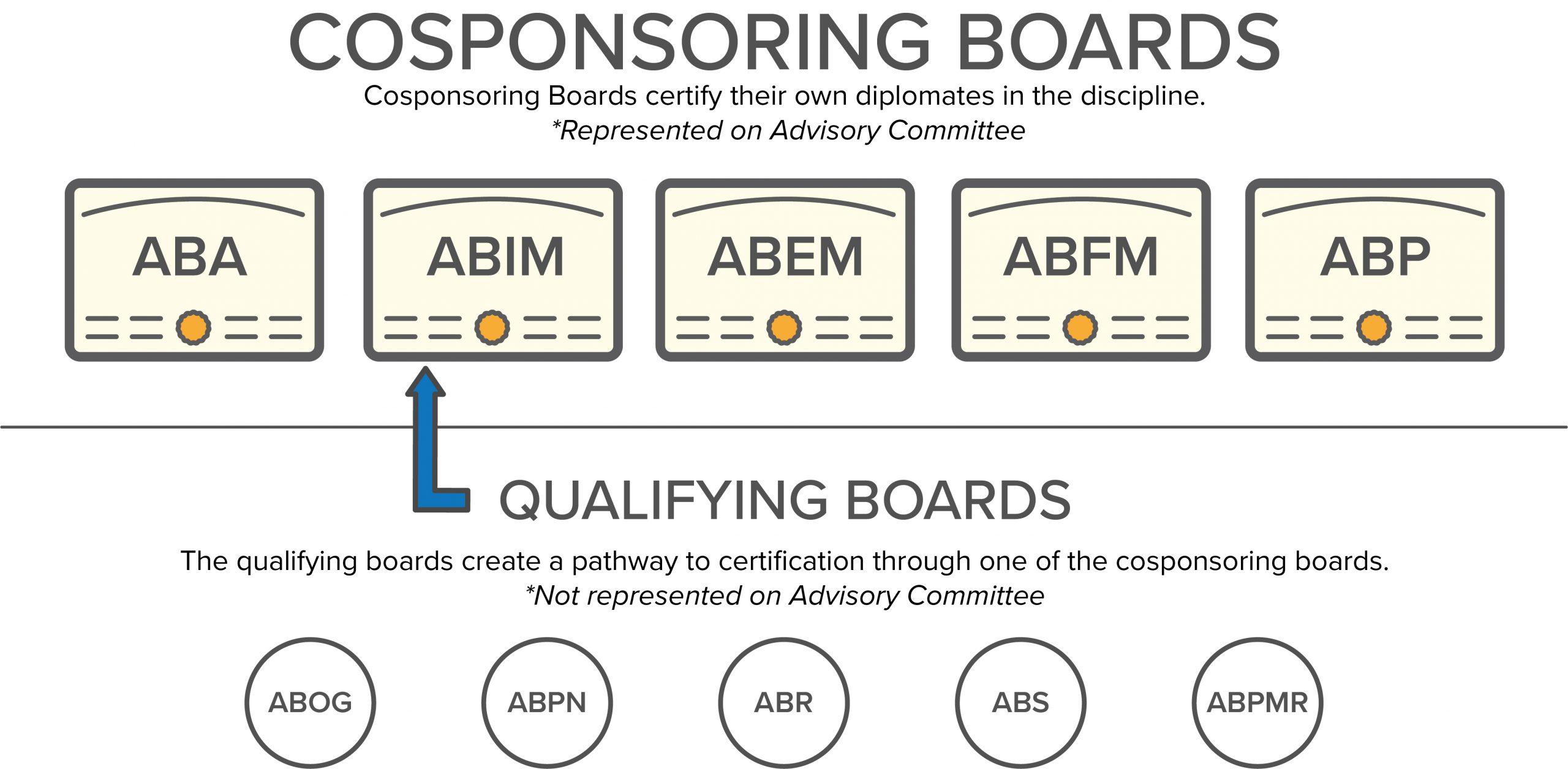
Advisory Committee Composition
The Advisory Committee comprises physician representatives of the five cosponsoring boards as well a public member with a patient or caregiver background in HPM and an interprofessional member with experience in HPM. Each of the cosponsoring boards appoints at least one physician to the Advisory Committee, with the number of representatives based on the proportion of diplomates in that discipline: two each for ABFM and ABIM, and one each for ABA, ABEM, and ABP. Diplomates from qualifying boards who hold a certificate in HPM may be appointed to the Advisory Committee as ABIM representatives. The Advisory Committee reports to the Cosponsoring Committee, which comprises executives of the cosponsoring member boards.

It was my pleasure to lead the first meeting of the Advisory Committee in December 2021 as the inaugural chair. In recognition of its critical role as the national medical specialty society for HPM physicians and interdisciplinary professionals, leaders from AAHPM were invited as guests to that meeting and have been included in subsequent meetings on an ongoing basis. Joe Rotella, MD, MBA, HMDC, FAAHPM, Chief Medical Officer of AAHPM, applauds this collaboration: “When our HPM specialty came of age to be recognized in the house of medicine, it was great that there were so many paths to achieve board certification. That allowed for the rapid growth of a diverse physician workforce but also introduced complexity and inconsistencies. It’s great now to have a centralized body coordinating these pathways, and AAHPM is happy to join the discussion on issues that define professionalism and excellence for physicians in our field.”
What It Does
The primary role of the Advisory Committee is to oversee discipline-specific policy as it relates to initial and continuing certification. This includes reviewing and approving the assessment blueprints and standards for initial and continuing certification in the discipline. It also oversees the activity of the Hospice and Palliative Medicine Approval Committees, which review, edit, and approve all the content for the initial certification exam, the 10-year continuing certification exam, and the Longitudinal Knowledge Assessment. The Advisory Committee meets twice a year to discuss issues within the discipline as well as pertinent matters in the broader field of medicine and their implications, such as misinformation, diversity, and health equity. The Advisory Committee also receives regular updates from the approval committees about their work and the work of the Item-Writing Task Force, a group of physicians who write the questions for assessments.
Why It Matters
At its core, the Hospice and Palliative Medicine Advisory Committee is a discipline-specific body, working in the best interests of physicians certified in the discipline to ensure that the certificate remains a valuable and meaningful standard for those who hold it and for their patients. Through its oversight of training requirements for certification eligibility, society and diplomate interactions, and initial and continuing certification assessments, the Advisory Committee strives to be the vehicle through which the discipline can set professional standards for itself. Further information about the advisory committee and its work can be found on the ABIM blog and through the other cosponsoring boards.
